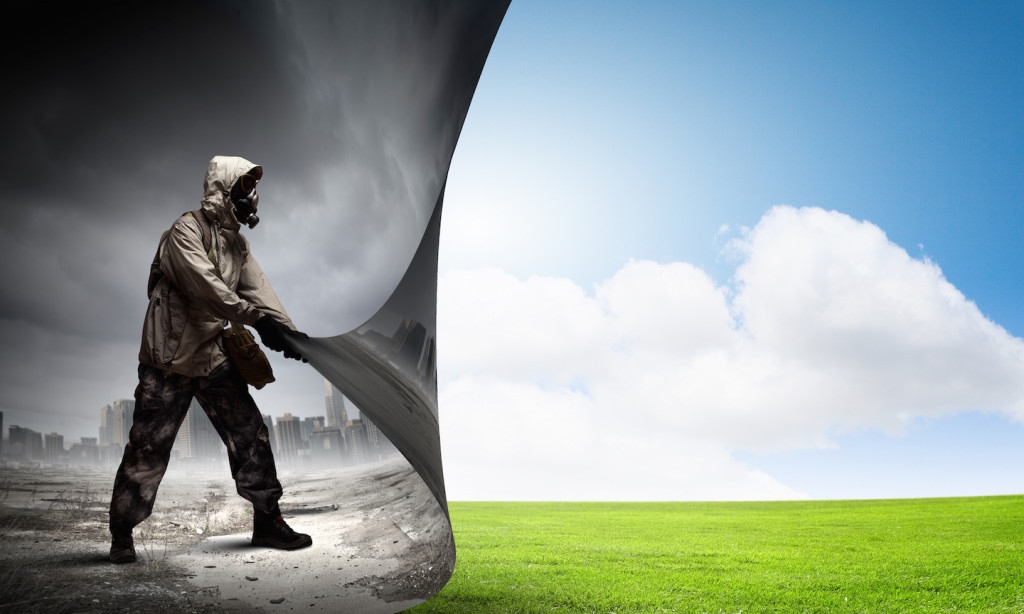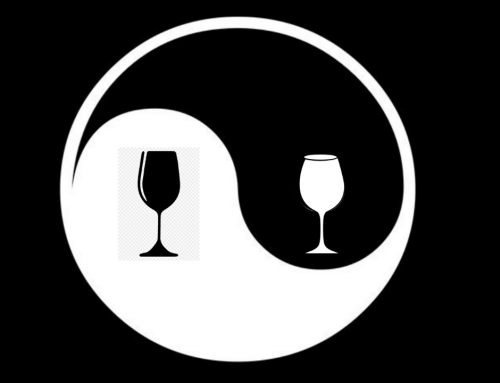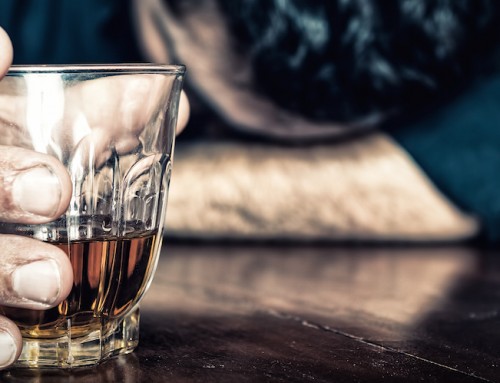Poisons created by a life form are called ‘toxins’.
These can be poisons from funghi, bacteria, plants or animals (including humans).
The word toxin derives from the Greek work Toxikon, meaning poisonous substances produced within a living organism.
Strictly speaking, the word toxin doesn’t include man-made, synthetic poisons nor heavy metals like mercury and lead.
A better word to refer to these poisons is toxicant. However, commonly we say toxins, instead of toxicant.
In fact, people look at you funny when you say toxicant.
Just to be pedantic though, toxins are made inside our bodies due to the effect of toxicants, such as heavy metals, synthetic chemicals – including persistent organic pollutants (a.k.a. POPs) – or from imbibing certain toxins found in plants, animals, microbes and funghi, as well as the toxic wastes generated during natural body processes.
At the end of the day, toxins and toxicants impede our healthy functioning.
A bit of history
The study of toxins (toxicology) was originally developed in the 16th century by the remarkable Paracelsus. A famous quote from him is “The dose maketh the poison” which is still central to toxicology.
Today, however, some synthetic chemicals act differently to traditional toxins, and are harmful to the body in the tiniest amounts. This is the case with chemicals that act like hormones (called Endocrine Disruptive Chemicals or EDCs), such as BisPhenol-A (called BPA) a compound found in many plastics, like those used in water bottles (IDEA: How about never buying a plastic bottle of water ever again? I havne’t since 2012, and it’s not that hard.)
There is some speculation at the moment, that EDCs like BPA are (in part) responsible for the huge rise in obesity in the world. Not many people are talking about their relationship to the fertility issues we’re facing though…(yet)
Paracelsus wasn’t to know about these synthetics, nor how they might affect the hormone systems of living organisms. He also didn’t know about the different effects depending on the age when exposed, the individual vulnerabilities, nor the duration of exposures which all contribute to toxicant’s effect. We didn’t know about Epigenetics in his day either, though I wouldn’t be surprised if he had some inkling of it, as he was quite ahead of his century.
Where are toxins and toxicants?
If we search for them, we can find toxicants everywhere in our every day lives.
From the air we breathe, to the water we drink and bathe in, the clothes we wear, the foods we eat, in the cars we drive, the computers we use, most things we purchase and use in the contemporary world contain some level of toxicants. Considering that poisons and irritants are other words for toxicants, it’s not a big stretch to include conversations and relationships as being toxic, particularly if they diminish your remarkable experience of being an unique human being. And indeed science is showing us just how negative interactions impact our healthy physiology.
Toxins are difficult to avoid as they are so entrenched, and normal, in our world.
Imagine buying something that didn’t damage the ecosystem in its production chain, and it not being packaged or wrapped, then it not being put into a plastic bag, and then not receiving a BPA infused docket for the record of it…
Actually, that’s not so hard to imagine…
I ran “Detox Your World workshops” during 2016. Here’s the collation of a brains trust of a few hundred people answering the question “How can we detox the world” and how we can create a world we don’t need to detox from.
This is one element of Sparkle Detox Course – a step-by-step, effective and safe, body tissue cleansing process designed by Naturopath Sally Mathrick. If you haven’t already, join Sparkle Detox. You’ll have life-time access to wholistic, doable, ‘delicious-with-benefits’ practices to keep your precious body-mind healthy, fresh and vital. JOIN NOW






